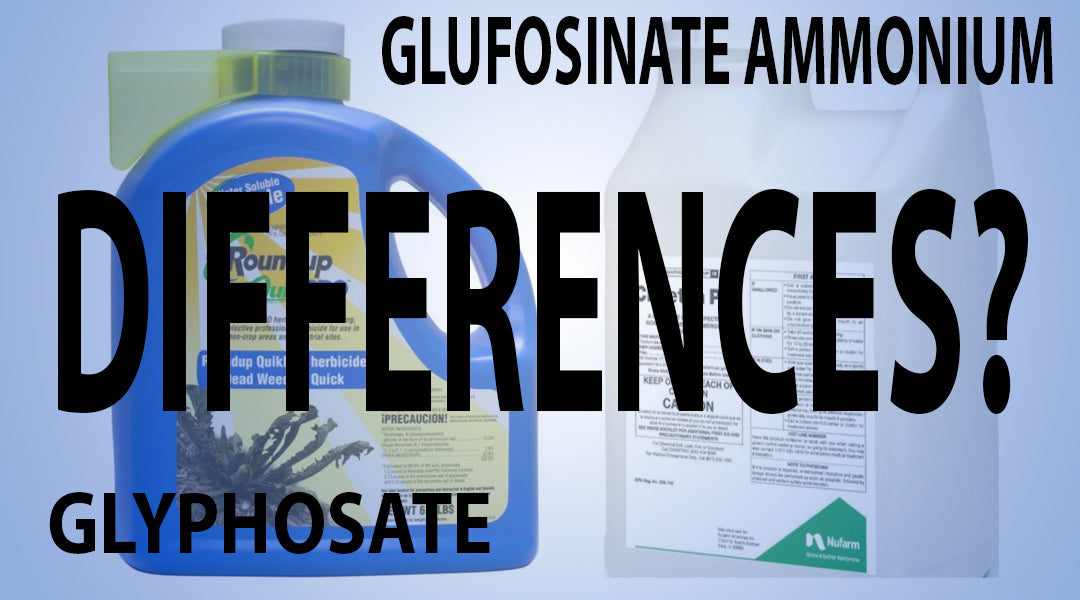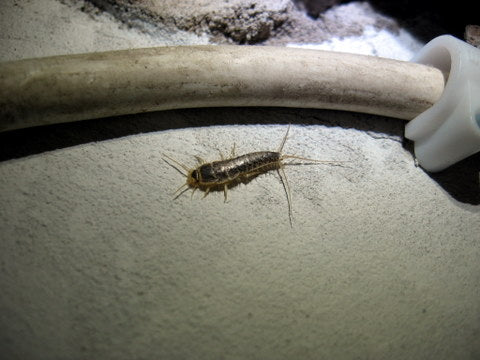Termite inspections are important if you want to prevent damage to your home or other buildings on your property and to get rid of termites for good. The inspections aren't always easy, and you're bound to get dirty from head to toe. You'll also have to look in areas where you rarely go, such as in the crawlspaces beneath your home.

Things You'll Need for Termite Inspections
You don't need a lot of equipment to inspect for termites. The equipment will come later once you've found a colony and have to eliminate it. Some of the basic supplies for a termite inspection include:
- A disposable coverall to protect your clothing
- A flashlight to see in dark areas and inside cracks and voids
- An inspection probe to test the wood for decay
If you don't want to buy an inspection probe, you can use a screwdriver or a similar tool to check for termite damage in the wood. Although you can purchase termite detection sets, they're quite expensive and designed for professionals. A flashlight, a screwdriver and something to cover your clothing is all you'll need to do a basic termite inspection.
Signs of Termites and Damage
Termites, especially the subterranean species, cause massive damage in a short time. They come up from the ground and start consuming the wood as they build their colony. Because they come from below the soil, it's sometimes difficult to detect them. However, there are signs to look for that will give away their presence.
- Look for mud tubes connecting the soil to the wood. Termites use these tubes to travel back and forth from their nest below the ground.
- Inspect for discarded wings around windowsills and foundations. Swarmers shed their wings after mating and start new colonies near the closest wood source.
- Check for damage such as buckling wood, bubbling paint and swollen floors. Mold and mildew may also indicate the presence of termites as the damage increases the risk of water getting into the wood.
- Tap the wood with a screwdriver. If you hear a hollow sound, it could indicate termite or carpenter ant damage.
Is it termites or carpenter ants? What do termites look like?
What do termites look like? Before you continue, it's important to know the difference between termites and carpenter ants. Mistaken identity is often the cause of an infestation as homeowners can't tell the difference between the two pests. Though they're similar in a lot of ways, they're quite different insects.
- Termites have straight antennae, big heads and a wide section connecting the thorax and the abdomen. They live in colonies with up to a million members depending on the species. Termites also consume wood and will eat between half a pound and 6 pounds in a single year.
- Carpenter ants have elbowed antennae, small heads and a pinched waist. They don't eat wood; instead, they burrow into the wood and build their nests. The damage is less severe but can be a cause for concern if multiple infestations exist on the structure.
Other wood-damaging insects, such as powderpost beetles and deathwatch beetles, consume wood. The larvae cause the damage and are difficult to control since they're located deep within the tunnels. Termites are a more serious threat to your home, but it pays to keep a look out for other insects that could also cause wood damage.

A termite mound on a property.
Common Areas to Look for Termite Damage
Fortunately, you don't need a ladder when inspecting for subterranean termites. Keep the inspection process at or just above ground level. You'll want to move slowly and to check the outer area of your home thoroughly. Make sure to check exposed wooden structures such as decks, and don't be afraid to get dirty when looking for damage beneath the deck. Some common places to check for termite damage include:
- Exposed wooden sections of your home and other structures
- Wooden elements in the basement and the crawlspace
- Subflooring, windowsills, door frames and support posts
- Wood piles next to the house and tree stumps in the yard
- Potential entryways like cracks and crevices in bricks and wood siding
How to Get Rid of Subterranean Termites Yourself
After an inspection comes the treatment, a multistep process when combating subterranean termites. You'll not only have to treat the current infestation but also follow it up with a bait treatment to kill other members of the colony that are outside of the wood. Treating a termite infestation doesn't happen overnight and will consume a lot of your time and effort. If at any time you feel overwhelmed, don't hesitate to hire a professional pest control technician. After all, a termite infestation is a serious matter and requires immediate attention to prevent massive damage to your home and property.
Tools for Treating Termites
You'll need tools and equipment for eliminating the termites and preventing their return. The tools and equipment include:
- A hand drill with concrete and wood bits
- A hand sprayer
- A trench shovel
- A 5-gallon bucket
You will also need a few termiticide products to treat the infestation, such as Taurus SC and Foam Fuse. These two products offer excellent value and will help to eliminate the termites from the structure. You may also want to consider using other products for fighting the infestation, such as:
Applying these products directly into the termites' tunnels will kill the pests and remove the colony from the wood. Don't expect the termites to die overnight. It may take up to three months for the entire colony to be eliminated completely.

A termite swarm. They will lose their wings after mating.
Step One: Treat the Nest
You will have to drill holes into the wood if you want to treat the termites directly. You may also have to drill into the drywall if you're applying a product into a void or infested wood behind the wall. Drill a hole into the drywall starting about 18 inches up from the floor, making sure to drill in between the studs all around the infested section.
If you're drilling into the wood, drill a few small holes at least 3 or 4 inches apart until you locate a spot that doesn't have any resistance. You'll want to apply the product directly into that area to treat the termite colony. Read the label of your chosen termiticide for the exact directions for use.
Step Two: Trench the Area
After treating the termites in the wood, you should treat the exterior of your home where you found the infestation. Performing this second treatment is beneficial for two reasons:
- It will eliminate any termites that were not in the structure when it was treated.
- It will prevent other termites from moving in later and starting a new colony.
This section covers treatment for homes on a monolithic slab, which is a foundation that's made from a single slab with thicker areas beneath load-bearing walls.
Dig the trench.
Use a trench shovel to dig a trench that's about 6 inches wide by 6 inches deep against the foundation where you've previously treated the termites. Continue digging the trench for the entire length of the affected wall or at least long enough to extend past the treated area.
Mix the solution.
Fill the 5-gallon bucket with 4 gallons of water. Pour in the recommended amount of termiticide, and stir the mixture with a stick or a paint stirrer. Make sure to mix the solution thoroughly before moving on to the next step.
Apply the solution.
Pour 4 gallons of the solution along the trench to cover 10 feet. You'll need to apply it slowly in order to distribute the termiticide evenly in the trench. Afterward, treat the soil that you removed from the trench. Use a hand sprayer to soak the dirt with the remaining gallon of termiticide solution before placing it back in its spot.
Treating Termites Through Concrete
You may have to treat an infestation through concrete. In that case, invest in a hammer drill to create holes in the concrete. Make sure to drill holes every 12 inches through the concrete to the soil below. You'll apply the same amount of solution to the concrete trench as you did to the soil trench.
How to Prevent Another Termite Infestation

Termite tunnels in a tree.
Dead trees and stumps in your yard attract both subterranean and drywood termites. A stack of firewood next to your house will also lure termites and bring them closer to your home. Remove any dead trees from your yard, and place firewood stacks away from the house in a covered area. Make sure to keep the wood stacked off the soil to prevent subterranean termites from attacking at ground level.
You can also treat your wood surfaces to repel wood-damaging insects. If you're building a new deck, use pretreated lumber. If you're protecting an existing deck, spray it with a deterrent to keep wood-boring beetles, carpenter ants and termites away.
Keep mulch from touching your foundation. It provides an ideal place for insects to gather, and they will move up from the mulch to your home if it's possible. However, one of the best ways to prevent another termite infestation is to use preventative control products on a regular basis.
Should You Treat Termites Yourself?
There's no reason to avoid treating termites on your own. The only time when you might want to hire a professional is if you lack the tools or the equipment to apply the products and to make trenches. The benefits of do-it-yourself termite control are substantial. The cost savings alone are reason enough to treat termites using professional quality products like Taurus and Foam Termidor SC. A product with a lasting residual will continue to work after an application and to prevent termites from reinfesting your home and property.
Put an End to Damaging Termite Infestations
With a few simple tools and quality products, you can get rid of termites and prevent further damage to your home and other wooden structures. Termites will damage wooden furniture, utility poles and fence posts, so it's important to inspect every wooden timber on your property. A termite infestation will only get worse as the months go by, especially if there are several colonies located in different areas of your home. Looking for the signs and inspecting for termites regularly will go a long way to prevent another infestation.






Leave a comment (all fields required)